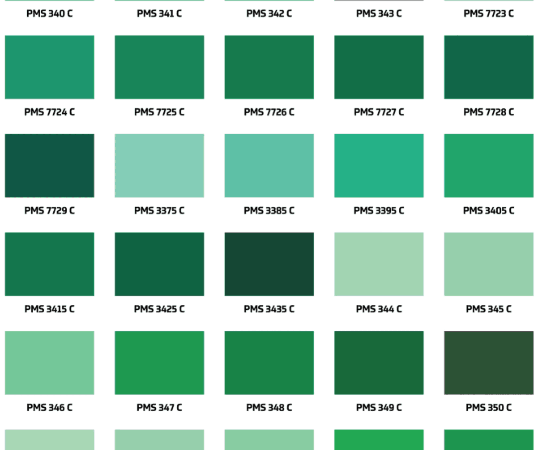The science behind global warming is irrefutable and experts worldwide agree on the need for total carbon neutrality by 2050. The energy, transport and agriculture industries are experiencing huge demand for a significant reduction in their carbon impact, but to achieve this goal, commitment is required by all industries.
Over 75% of printing companies around the world reported last year that their customers were concerned about environmental issues to the degree that it had become a factor in their business strategy, with more than 20% describing it as a ‘major influence’ – according to FESPA.
The events business faces a serious task too. Take the festival industry, which collectively is responsible for the output of 14 kilo-tonnes of carbon dioxide each year, according to the sustainability charity Energy Revolution. That’s roughly 20 times the mass of the Christ the Redeemer.

Festival-goers choose events that meet not only their musical tastes, but also their social and political needs. The environmental impact of festivals is increasingly perceived as an important issue by potential visitors. It’s therefore clear that shifts towards environmental sustainability are essential for the longevity of the business overall. Unless festivals address issues that festival-goers find important, they will be less sustainable than alternatives that do make this effort.

The success of ‘green’ festivals like Glastonbury, Shambala, and Green Man, festivals that prioritise the minimisation of their carbon impact, are testament to the benefits of a more eco-friendly approach.
Large, young crowds and good media exposure put music festivals in an excellent position to lead the entertainment business by example

As the festival industry booms (an approximate 700% increase over the last 13 years), the negative impact that festivals have on the environment has dramatically increased. There is a real need to not only investigate the environmental impacts of festivals, but also to explore legitimate options for decreasing them.
So, with this in mind…
We recognise the importance of this campaign and our role within it. We are therefore committed to the following pledges:
1. We will continue to phase in the most environmentally sound options, including increasingly recyclable materials and solvent-free inks wherever possible.
2. We will continue to maximise the durability and reusability of our products. In addition, we are happy to advise (and encourage) artwork decisions that remain appropriate for as long as possible, saving you money and limiting our output of single-use assets.
3. We will make it easier for our clients to make decisions based on their environmental priority, by making the current environmental cost of each material and printing method more transparent.
The move towards carbon neutrality will be gradual and we will encourage any shifts that we can. Small steps have a ripple effect up and down the supply chain and we are mindful of our role within this realignment.

